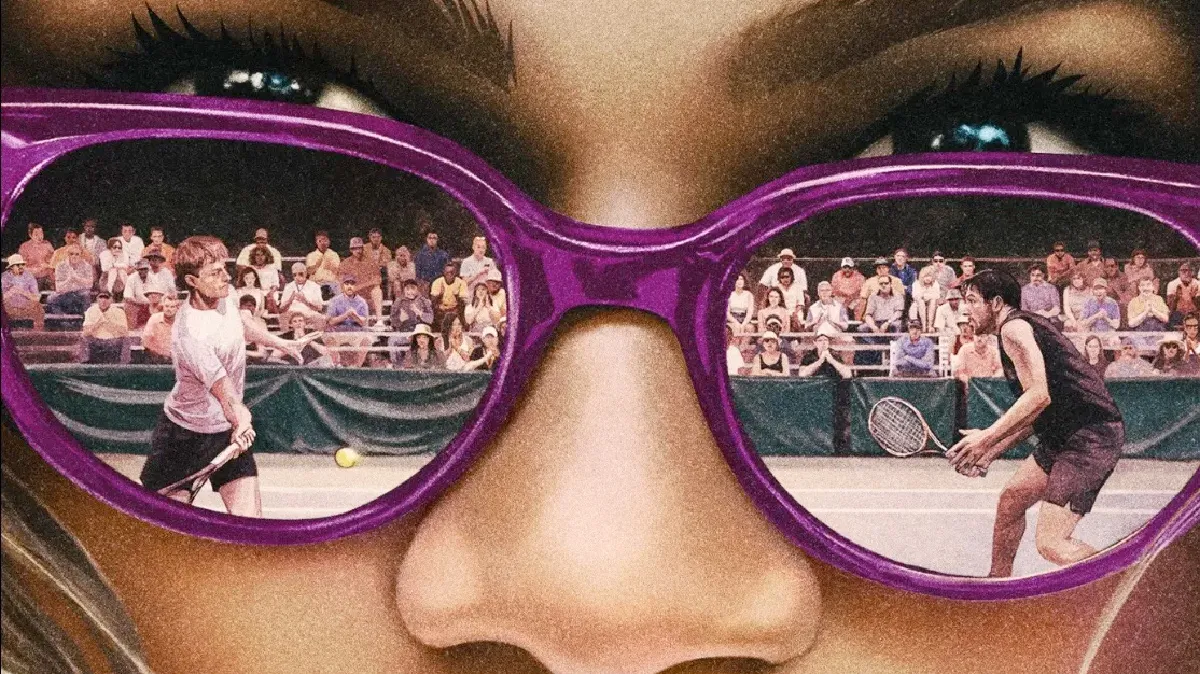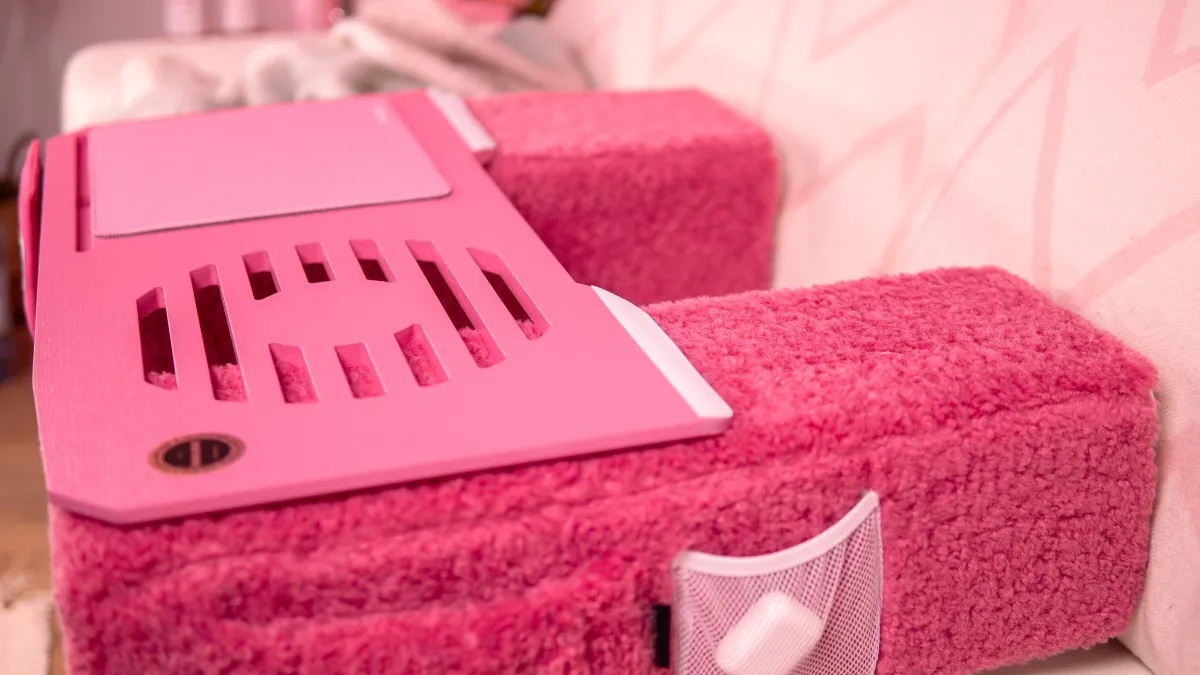Developed by Nintendo EAD Group No. 1. Published by Nintendo. Released May 30, 2014. Available on Wii U (reviewed).

Mario Kart 8 does not change the status quo. It is, at its heart, the same game that Nintendo has been selling for over twenty years. There are some changes, but the game continues to trade on its undeniably fun core gameplay while adding small features and twists that keep it fresh. MK8 does much better at this than either Mario Kart Wii or Mario Kart 7, with good course design and customizable features, as well as an anti-gravity mode that’s more than just a simple gimmick and actually affects play. This is still fundamentally the game you think it is from previous installments, but it’s the most fun I’ve had with a new Mario Kart since Double Dash on the gamecube. The controls are smooth with no strangeness and the graphics are beautiful.
These are small improvements, and coupled with the game’s general speediness and desire that you should get to actually really play instead of deal with some of the more frustrating random elements, it’s probably the best Mario Kart ever. For all that, though, it is still an iterative release. It is about honing a distinct style of gameplay into the best form it can be in. This time, it feels like Nintendo has succeeded. The game is solidly better than its predecessors, and feels new and fun enough that it decidedly deserves to exist. Mario Kart 8 is nearly all steps forward and no steps back.
Returning from previous titles is the standard variety of Mario racers – perhaps a few more than in previous titles, since you can import any of your Miis to race. You’ve got the normal 32 courses, 16 of which are brand new and 16 of which are remixes of old courses. The selection of old remixes should tickle just about any fan’s nostalgia buttons, since the oldest date back to the first game in the series. The remixed courses take advantage of the game’s new feature, anti-gravity racing, to add secret routes and variety to difficult segments. Some of those are quite clever, but unlike gliding and underwater driving from 7, anti-gravity does change a small mechanic about the game. While it’s usually a bad idea to slam into other karts, if anti-gravity is on then you get a speed boost for hitting others. Each of the game’s Grand Prix modes, the “official” sets of four races which you can complete to get trophies, is decently balanced to ramp up difficulty over time and leave you feeling prepared for the more difficult races to come. The new courses are satisfying and varied, with a few approaching genuine brilliance. One map, for example, features racing among clouds and flying ships, constantly throwing new tight turns, route changes, and obstacle variety at the players. Another is a downhill slalom, with varied environments on each “lap” – really three distinct legs – of the course.
The standard features of time trials against your best records and a battle mode are still available. How much you get out of time trials will be up to your own sense of perfectionism, but if you found battle mode to be a key component of your Mario Kart experience then you’ll probably find MK8‘s to be pretty disappointing. Instead of arenas, battle now takes place on the game’s regular courses, with players being able to drive in either direction. It’s a far cry from the interesting design of open arenas in previous games. Other than the basic modes, you’re able to customize your own set of rules for a circuit of between 3 and 32 tracks – and it’s pleasing to see that nearly any rule is available to you. From difficulty of the game’s AI, to speed, to what types of items or karts are available. While ultra-specific item customization would have been nice, I didn’t miss it after an initial wistful desire.

Every mode, excepting time trials, are available in multiplayer mode. Multiplayer is still where the heart of this game is, and the experience of getting together. In the pre-release environment, the online multiplayer worked quite well, though its fun is hampered by the inability to throw screaming obscenities at the person who just slammed you with a volley of homing red shells. There are few thrills like loading up with a few other friends and playing through a set of courses – and those are well timed for a game experience, at about fifteen minutes each you’re not going to take a surprisingly long time to complete a prix.
Customizable karts return from Mario Kart 7, with motorcycles and ATVs, hang gliders, parachutes, clouds, monster truck tires, and more. As you collect coins while playing, more and more variety of parts gets unlocked. It remains one of the most interesting parts of the modern series, and balancing your vehicle’s various statistics to get the balance that pleases you the most is a more in-depth exercise than you might expect for the lightweight series. It’s also wholly possible to simply build a bad kart from the available parts, which could be hard for some younger children, and some chassis are clearly in the game for the joke factor and little else. That aside, customization is how you’ll get the majority of play out of this game. You can set ridiculous rules and restrictions, creating insane games of tiny mopeds and volleys of shells that will have you in stitches – or you can set up what are essentially mutliplayer time trials, building a set of rules for maximum competition based wholly on ability at driving.
The game also includes a post-to-Miiverse or Youtube feature called Mario Kart TV, where your recorded match highlights can be shared with others. You can safely dismiss it as a gimmick – about as goofy and useless as the ability to take selfies in Wind Waker HD was. The internet will have fun with it for a few weeks, and then it’ll be over. Its worthlessness does nothing to hurt the game, but it’s not helping either.
There are a few key changes that make Mario Kart 8 significantly better than MK7. Frankly, everything just seems to happen faster. I felt that you recovered from being hit faster, were brought back onto the course faster after falling off, and were affected less by hitting obstacles. It felt distinctly like the game was conspiring to be less punitive, more forgiving, and simply more fun than its predecessors. For example, whereas before the first-player-seeking blue shell was a mechanic that simply punished you for doing well, you can now counter that random pain with a music box item that wards off everything near you, destroying it. While there’s no guarantee you’ll get a music box, there’s no guarantee that your opponent will ever get a blue shell.
Like much about the game, it balances frustrating randomness with exercises of supreme timing and skill. It balances the old, iterative parts with the shiny and new. It is very much Mario Kart: Take it or leave it.
Bottom Line: The core is the same as ever, but this is kart racing at its finest.
Recommendation: If you have a Wii U and even a modicum of interest, grab it.
[rating=4.5]


